The number of butchers shops in Britain has fallen from 30,000 to under 6,000 in the last 20 years. It’s a shame because butchers should be the point of contact between you and the farmer who raised the meat on your behalf. I’ve been talking to a number of butchers for my book in an effort to understand how they source and process meat. Sadly it is becoming increasingly difficult to find butchers who know exactly where their meat is from. However many are actively reaching out to customers to try and engage them in a conversation about the best farming practices, as well as using different cuts so that none of the animal is wasted.
A former scrum-half for Exeter rugby club, Andrew Maunder now runs 14 butcher shops across the West Country. Lloyd Maunder began hanging rabbits and sausages in their butcher’s window in Witheridge, Devon in 1898. Today Andrew is trying to bring back some of the old fashioned ethos in a butcher’s shop. Staff wear a tie and chat to customers about local suppliers and recipes.
“People should enjoy waiting in the queue,” says Andrew.
Billie got a job in one of the Lloyd Maunder shops when she was 16. She says she has learnt to see a carcass objectively in order to do her job. She enjoys the trade, particularly learning the traditional skills to butcher an animal properly.
“I was a vegetarian once after I saw some rabbits in the fridge,” she says. “It only lasted three weeks.”
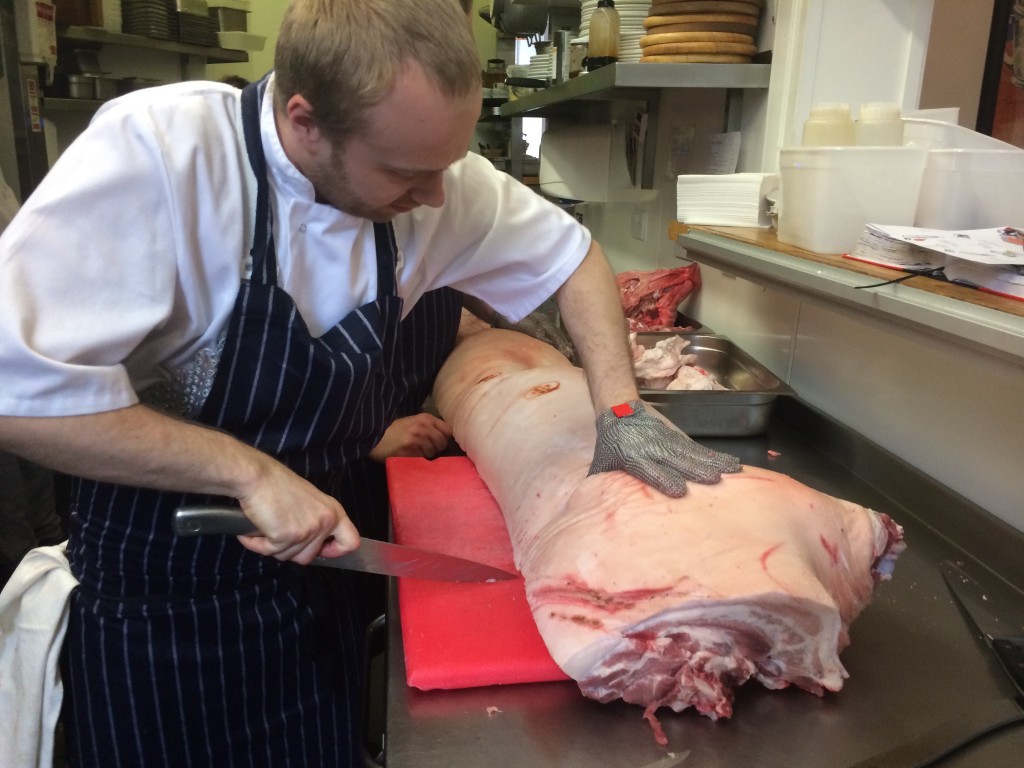
Tomasz Wolak, a Polish chef working at L’Escargo Bleu in Edinburgh butchering a whole pig for the restaurant.
Technically Tomasz Wolak is a chef not a butcher but I’ve included a photo of him as an example of where animals are butchered whole in restaurants. This means a better deal for local farmers and ensures that every part of the animal is used. At L’Escargot Bleu in Edinburgh the pigs are made into an array of dishes including stuffed trotters, pig’s head terrine and of course pork chops.
“The only thing that is left is the teeth,” says Tomasz.
Ian Warren showed me around the cold store at his shop and processing site Philip Warrens in Launceston, Cornwall. Warren’s is one of the few butchers who will hang beef (supermarkets tend not to as the meat loses moisture and is therefore less valuable per kilo). The meat is darker and more pungent and loved by chefs. Ian is passionate about personally visiting and meeting the farmers who supply his shops. The family butchers even keep their own herd of red devon cattle to sell to their customers. But there is a price. If people want animals raised to high welfare standards, then they are going to have to get used to paying more, even if that means buying less meat of a higher quality says Ian.
“The consumer should pay more,” he says.

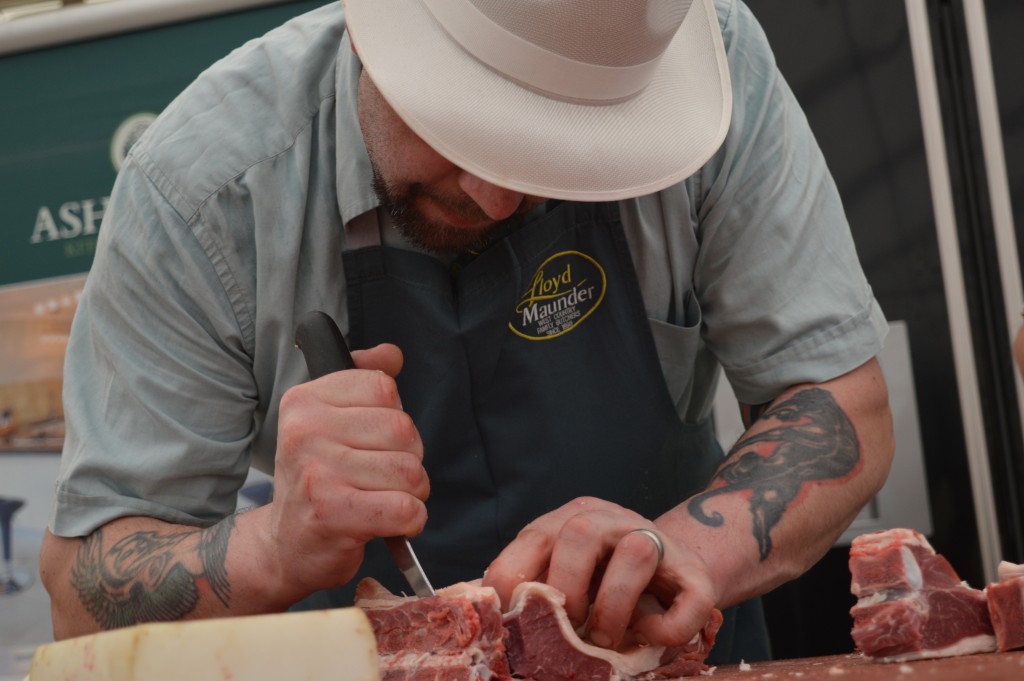
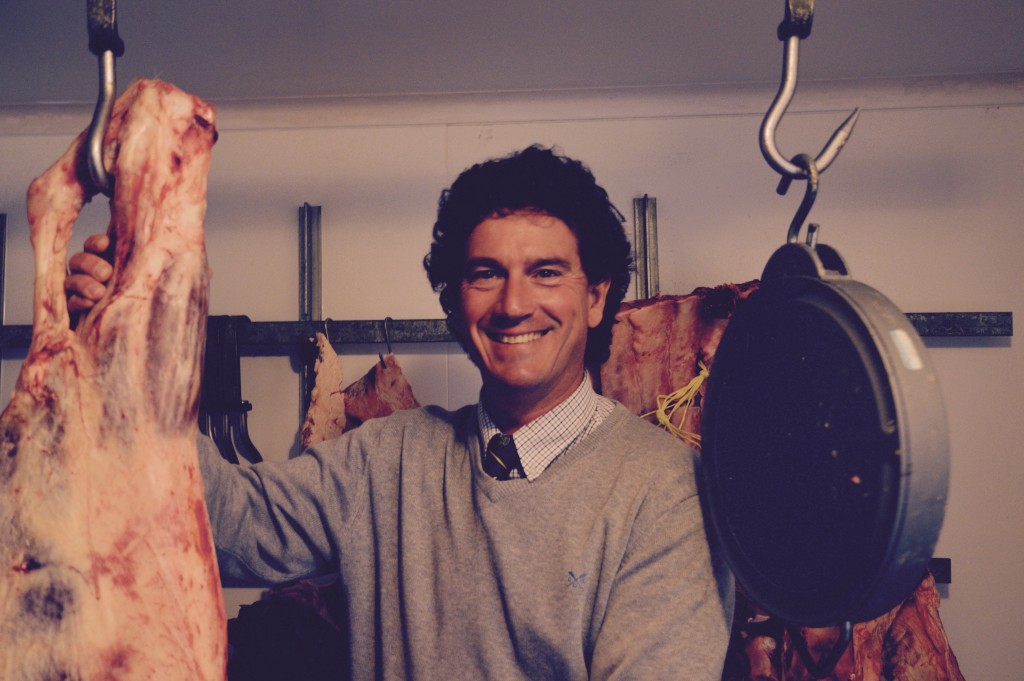
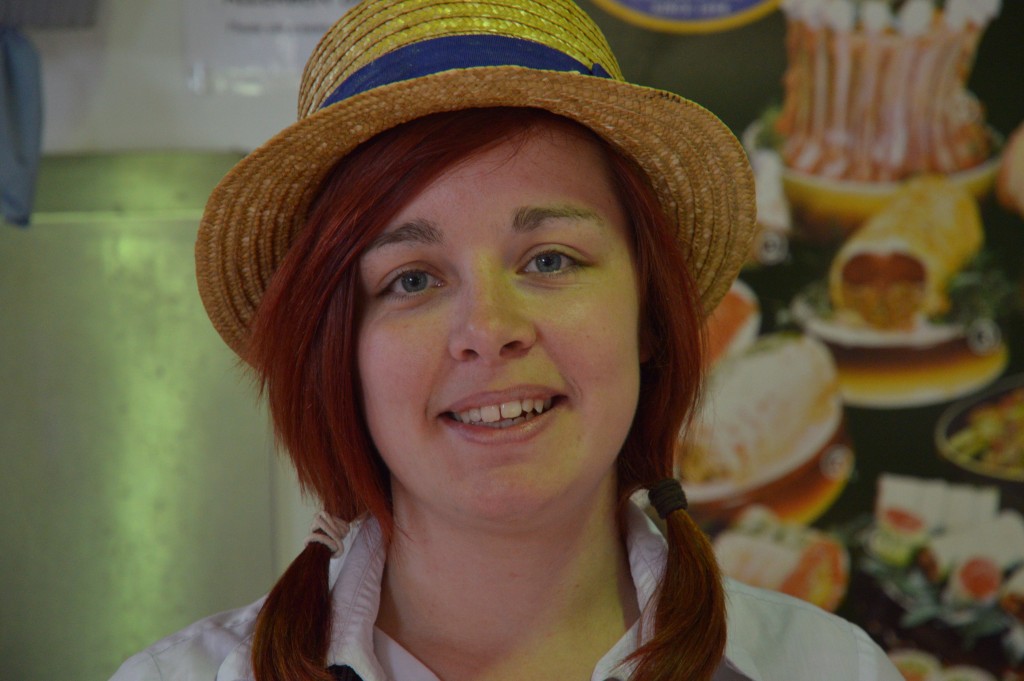
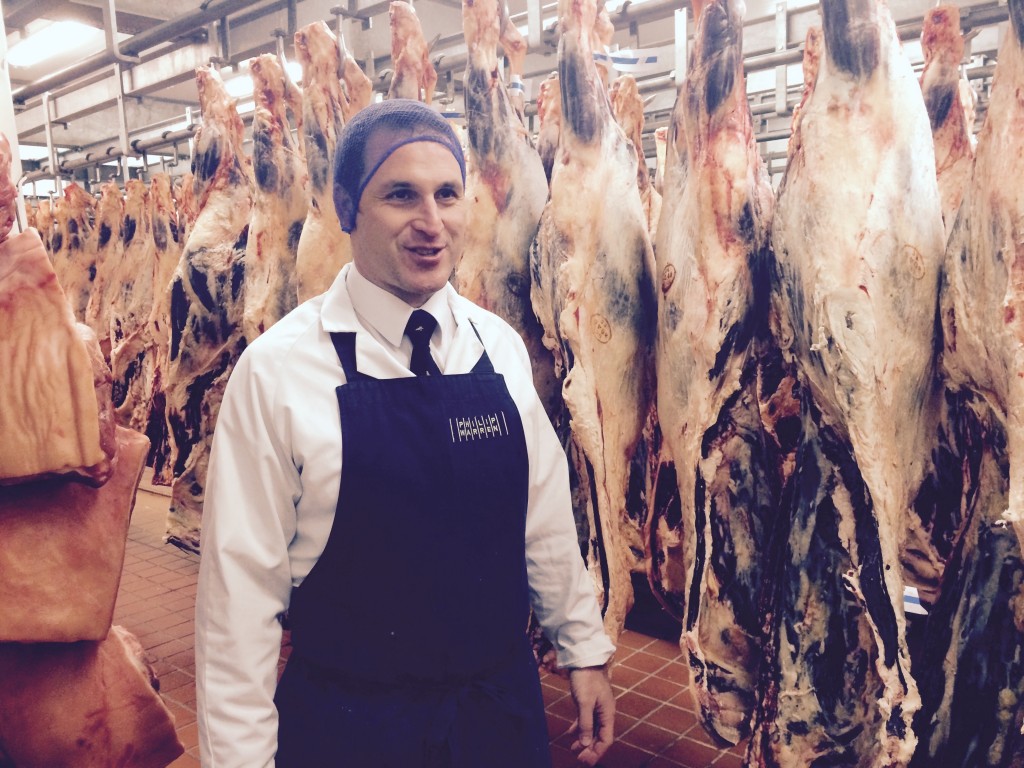
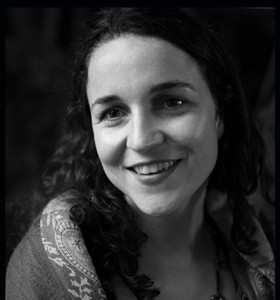
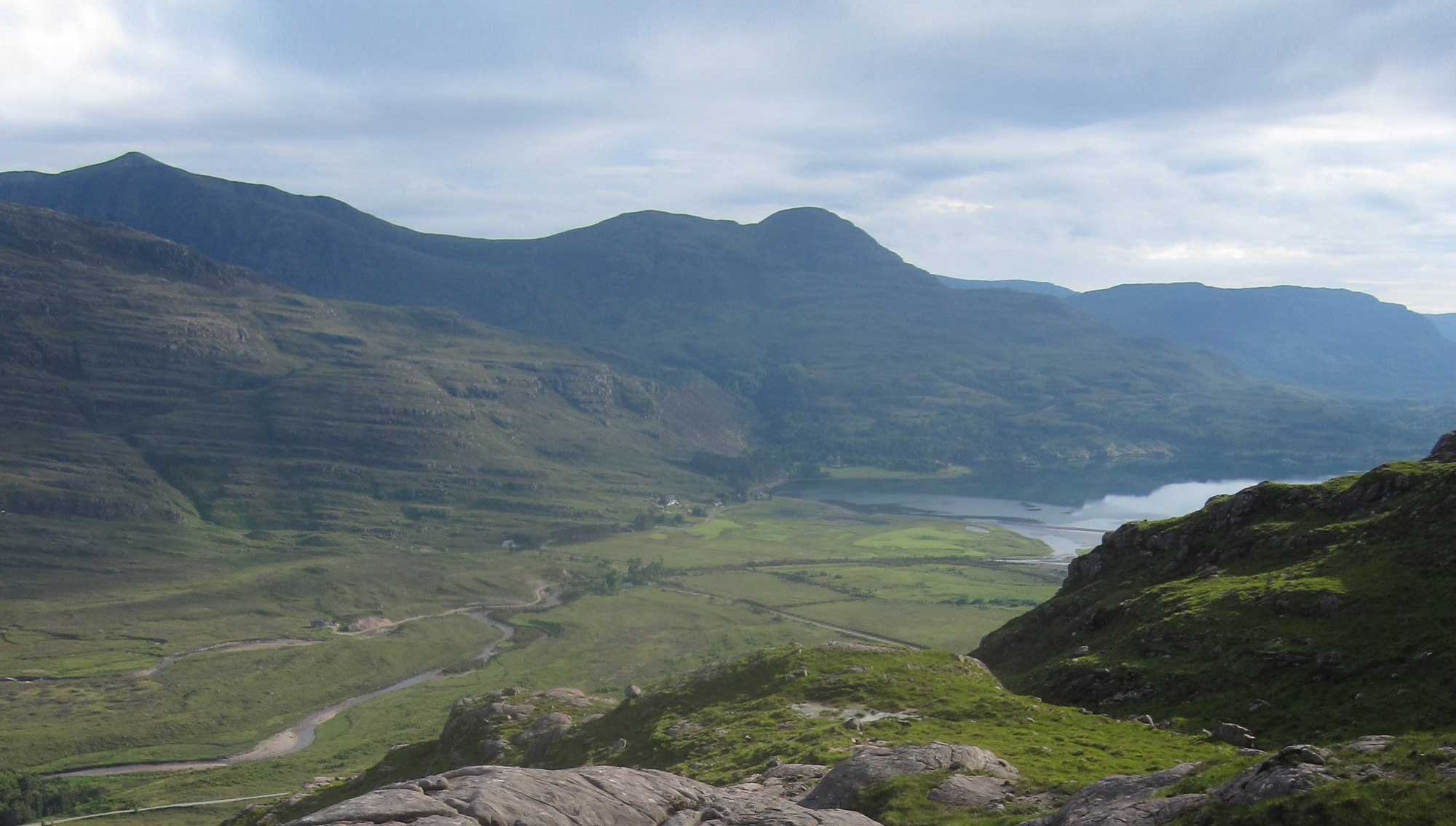
She stated that she was using meat chickens. True meat chickens do not live long enough to lay eggs as the rapid growth on their bodies is excessive which is why they are normally butchered when deemed appropriate and are not keep around like standard egg layers. The other option would be to have dual purpose birds but their meat isn t quite the same as meat birds.